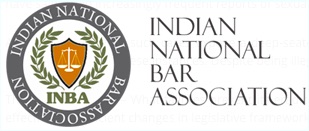5 January, 2017
Recognition of sexual harassment as an unacceptable workplace behavior originated in the US following influential work by Catharine MacKinnon, who argued that sexual harassment is sex discrimination under Title VII of the Civil Rights Act of 1964.In 1980, the US Equal Employment Opportunity Commission (EEOC) issued guidelines defining workplace sexual harassment. Many countries quickly followed the US’s lead in recognizing sexual harassment as an illegal form of workplace behaviour. Workplace sexual harassment is internationally condemned as sex discrimination and a violation of human rights, and more than 75 countries have enacted legislation prohibiting it.
India’s innovative history in tackling workplace sexual harassment began with the Vishaka Guidelines and subsequent legislation i.e. The Sexual Harassment of Women at Workplace (Prevention, Prohibition and Redressal) Act, 2013 has given critical visibility to the issue.
However, Organizations across public and private sector have a lot of catching up to do when it comes to sensitizing employees to gender issues at the workplace, HR experts have said, amid increasingly frequent reports of sexual harassment charges in the country.
According to experts, such cases expose a deep-seated and continual gender bias at the workplace and highlight the reality that majority of the organizations are poorly equipped to handle these instances. Despite being illegal and affront to dignity, sexual harassment at workplace is pervasive and challenging to eliminate.
The question arises – What failures prevent its eradication, how effective is legislation, and what policies can reduce the incidence? Hence INBA is taking initiative to bring effective and efficient changes in legislative framework and this initiative has been started by conducting the biggest survey all over India.
For the full report, please click here.
For further information, please contact:
Kanchan Khatana, Indian National Bar Association
contact@indianbarassociation.org





